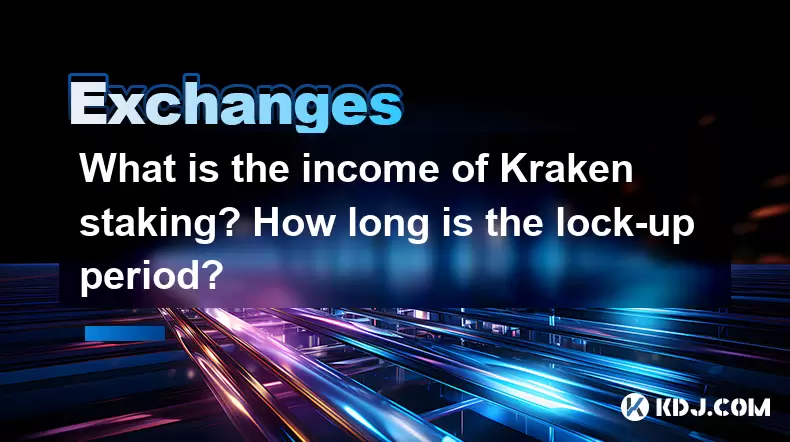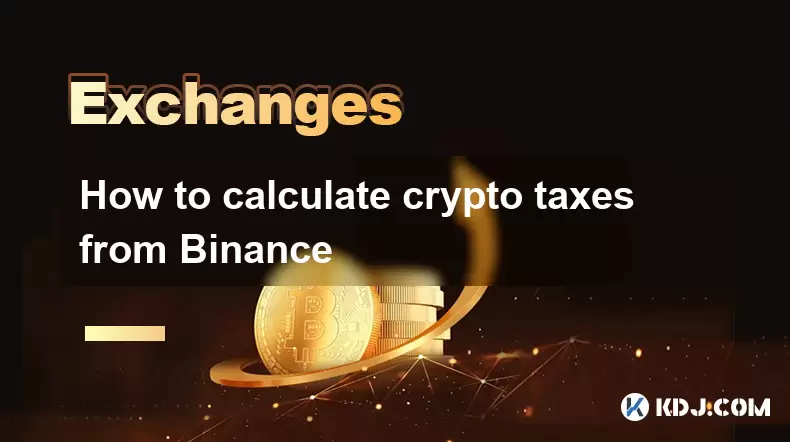-
 Bitcoin
Bitcoin $117500
2.15% -
 Ethereum
Ethereum $3911
6.19% -
 XRP
XRP $3.316
10.79% -
 Tether USDt
Tether USDt $1.000
0.01% -
 BNB
BNB $787.2
2.24% -
 Solana
Solana $175.2
4.15% -
 USDC
USDC $0.9999
0.00% -
 Dogecoin
Dogecoin $0.2225
8.40% -
 TRON
TRON $0.3383
0.28% -
 Cardano
Cardano $0.7868
6.02% -
 Stellar
Stellar $0.4382
9.34% -
 Hyperliquid
Hyperliquid $40.92
7.56% -
 Sui
Sui $3.764
7.63% -
 Chainlink
Chainlink $18.48
10.66% -
 Bitcoin Cash
Bitcoin Cash $582.1
1.88% -
 Hedera
Hedera $0.2601
6.30% -
 Avalanche
Avalanche $23.33
4.94% -
 Ethena USDe
Ethena USDe $1.001
0.02% -
 Litecoin
Litecoin $122.3
2.04% -
 UNUS SED LEO
UNUS SED LEO $8.969
-0.27% -
 Toncoin
Toncoin $3.339
0.86% -
 Shiba Inu
Shiba Inu $0.00001287
4.30% -
 Uniswap
Uniswap $10.43
7.38% -
 Polkadot
Polkadot $3.861
5.08% -
 Dai
Dai $1.000
0.02% -
 Bitget Token
Bitget Token $4.513
3.41% -
 Monero
Monero $267.7
-6.18% -
 Cronos
Cronos $0.1499
4.14% -
 Pepe
Pepe $0.00001110
5.15% -
 Aave
Aave $284.9
8.28%
What is the income of Kraken staking? How long is the lock-up period?
Kraken staking offers income from various cryptocurrencies, with rewards varying by asset and subject to a 15-20% fee. Lock-up periods range from none for ETH and ADA to 14 days for XTZ.
May 17, 2025 at 05:21 am

What is the Income of Kraken Staking? How Long is the Lock-up Period?
Staking has become a popular way for cryptocurrency holders to earn passive income, and Kraken, one of the leading cryptocurrency exchanges, offers a staking service for various cryptocurrencies. This article will explore the income potential of staking on Kraken and discuss the lock-up periods associated with different assets.
Understanding Kraken Staking
Kraken staking allows users to participate in the proof-of-stake (PoS) consensus mechanism of various cryptocurrencies. By staking their assets, users help secure the network and, in return, earn rewards. Kraken supports staking for several cryptocurrencies, including Ethereum (ETH), Cardano (ADA), and Tezos (XTZ), among others.
Income from Kraken Staking
The income from staking on Kraken can vary based on several factors, including the specific cryptocurrency being staked, the total amount of the asset staked, and the network's overall staking rewards. Here's a detailed look at how staking income is calculated:
- Staking Rewards: Each cryptocurrency has its own reward structure. For instance, Ethereum's staking rewards are influenced by the total amount of ETH staked on the network and the annual percentage yield (APY) offered. Kraken displays the current APY for each stakable asset on their platform.
- Kraken's Fee: Kraken charges a fee for staking services, which is typically a percentage of the staking rewards earned. This fee can vary by asset but is usually around 15-20%. The net income for users is the total staking rewards minus Kraken's fee.
- Example Calculation: If you stake 100 ETH with an APY of 5%, your annual rewards would be 5 ETH. If Kraken's fee is 20%, you would receive 4 ETH (80% of the 5 ETH) as your net staking income.
Lock-up Periods on Kraken
The lock-up period for staked assets on Kraken can vary significantly depending on the cryptocurrency. Here's a breakdown of the lock-up periods for some popular stakable assets on Kraken:
- Ethereum (ETH): Ethereum staking on Kraken does not have a fixed lock-up period. Users can unstake their ETH at any time, but it may take up to several days for the ETH to be available in their Kraken account due to the Ethereum network's withdrawal process.
- Cardano (ADA): Cardano staking on Kraken also does not have a fixed lock-up period. Users can unstake their ADA at any time, and the process is relatively quick, typically taking a few hours.
- Tezos (XTZ): Tezos staking on Kraken has a lock-up period of about 14 days. When users decide to unstake their XTZ, they must wait for this period before the assets are available in their Kraken account.
How to Start Staking on Kraken
To begin staking on Kraken, users need to follow these steps:
- Create a Kraken Account: If you don't already have an account, sign up on the Kraken website and complete the verification process.
- Deposit Funds: Transfer the cryptocurrency you wish to stake to your Kraken account. Ensure you have the minimum amount required for staking, as this can vary by asset.
- Navigate to Staking: Go to the Kraken website and find the "Staking" section. Here, you can see the list of available assets for staking and their current APYs.
- Select and Stake: Choose the cryptocurrency you want to stake, enter the amount, and confirm the staking transaction. Kraken will automatically stake your assets and begin earning rewards.
Monitoring and Managing Staked Assets
Once your assets are staked, it's important to monitor and manage them effectively:
- Check Staking Rewards: Regularly check the Kraken platform to see the rewards you are earning. Kraken provides a dashboard where you can view your staking rewards and the net income after fees.
- Unstaking: If you decide to unstake your assets, navigate to the staking section, select the asset, and choose to unstake. Remember the lock-up periods and plan accordingly.
- Reinvesting Rewards: Some users choose to reinvest their staking rewards to compound their earnings. You can do this by staking the rewards earned back into the same asset or diversifying into other stakable cryptocurrencies.
Factors Affecting Staking Income
Several factors can impact the income you earn from staking on Kraken:
- Market Conditions: The overall market conditions and the price of the staked cryptocurrency can affect the value of your staking rewards. A rising price can increase the value of your rewards, while a falling price can decrease it.
- Network Participation: The number of participants staking the same cryptocurrency can influence the APY. Higher participation can lead to lower APYs, while lower participation can result in higher APYs.
- Kraken's Fee Structure: Changes in Kraken's fee structure can also impact your net staking income. It's important to stay informed about any changes to the fee structure.
Frequently Asked Questions
Q: Can I stake multiple cryptocurrencies on Kraken at the same time?
A: Yes, you can stake multiple cryptocurrencies on Kraken simultaneously. Each asset has its own staking section on the platform, allowing you to manage and monitor your stakes separately.
Q: What happens if I want to withdraw my staked assets during the lock-up period?
A: If you attempt to withdraw your staked assets during the lock-up period, you will have to wait until the period ends. For assets like Tezos, this means waiting 14 days before the assets are available in your account.
Q: Are there any risks associated with staking on Kraken?
A: While staking on Kraken is generally considered safe, there are risks involved, such as the potential for slashing (penalties for validator misconduct) on some networks and the volatility of cryptocurrency prices. It's important to understand these risks before staking.
Q: Can I transfer my staked assets to another exchange or wallet?
A: No, once your assets are staked on Kraken, they are locked in the staking contract and cannot be transferred to another exchange or wallet until you unstake them and complete any applicable lock-up period.
Disclaimer:info@kdj.com
The information provided is not trading advice. kdj.com does not assume any responsibility for any investments made based on the information provided in this article. Cryptocurrencies are highly volatile and it is highly recommended that you invest with caution after thorough research!
If you believe that the content used on this website infringes your copyright, please contact us immediately (info@kdj.com) and we will delete it promptly.
- Tron's Sell-Off Spurs Altcoin Shift: What's Next for TRX?
- 2025-08-08 08:30:12
- RUVI Presale: Is the Growth Potential Real?
- 2025-08-08 09:10:12
- Sleep Token's US Takeover: Thornhill Rides the 'Even In Arcadia' Wave
- 2025-08-08 08:30:12
- FTT Token's Wild Ride: Creditor Repayments vs. Market Drop - A New Yorker's Take
- 2025-08-08 07:10:12
- Floki Crypto Price Prediction: Riding the Robinhood Rocket or Just a Meme?
- 2025-08-08 07:15:12
- EigenLayer, Restaking, and Ethereum: Navigating the Hype and the Hazards
- 2025-08-08 06:30:12
Related knowledge

How to use margin trading on Poloniex
Aug 08,2025 at 09:50am
Understanding Margin Trading on Poloniex

How to use advanced trading on Gemini
Aug 08,2025 at 04:07am
Understanding Advanced Trading on GeminiAdvanced trading on Gemini refers to a suite of tools and order types designed for experienced traders who wan...

How to deposit USD on Bitstamp
Aug 07,2025 at 05:18pm
Understanding Bitstamp and USD DepositsBitstamp is one of the longest-standing cryptocurrency exchanges in the industry, offering users the ability to...

How to use the Kraken Pro interface
Aug 08,2025 at 09:57am
Understanding the Kraken Pro Interface LayoutThe Kraken Pro interface is designed for both novice and experienced traders seeking a streamlined experi...

How to find my transaction ID on Gemini
Aug 08,2025 at 12:50am
Understanding the Transaction ID in Cryptocurrency ExchangesA transaction ID (TXID) is a unique alphanumeric string that identifies a specific transfe...

How to calculate crypto taxes from Binance
Aug 08,2025 at 07:56am
Understanding Cryptocurrency Taxation on BinanceCalculating crypto taxes from Binance requires a clear understanding of how tax authorities classify d...

How to use margin trading on Poloniex
Aug 08,2025 at 09:50am
Understanding Margin Trading on Poloniex

How to use advanced trading on Gemini
Aug 08,2025 at 04:07am
Understanding Advanced Trading on GeminiAdvanced trading on Gemini refers to a suite of tools and order types designed for experienced traders who wan...

How to deposit USD on Bitstamp
Aug 07,2025 at 05:18pm
Understanding Bitstamp and USD DepositsBitstamp is one of the longest-standing cryptocurrency exchanges in the industry, offering users the ability to...

How to use the Kraken Pro interface
Aug 08,2025 at 09:57am
Understanding the Kraken Pro Interface LayoutThe Kraken Pro interface is designed for both novice and experienced traders seeking a streamlined experi...

How to find my transaction ID on Gemini
Aug 08,2025 at 12:50am
Understanding the Transaction ID in Cryptocurrency ExchangesA transaction ID (TXID) is a unique alphanumeric string that identifies a specific transfe...

How to calculate crypto taxes from Binance
Aug 08,2025 at 07:56am
Understanding Cryptocurrency Taxation on BinanceCalculating crypto taxes from Binance requires a clear understanding of how tax authorities classify d...
See all articles

























































































